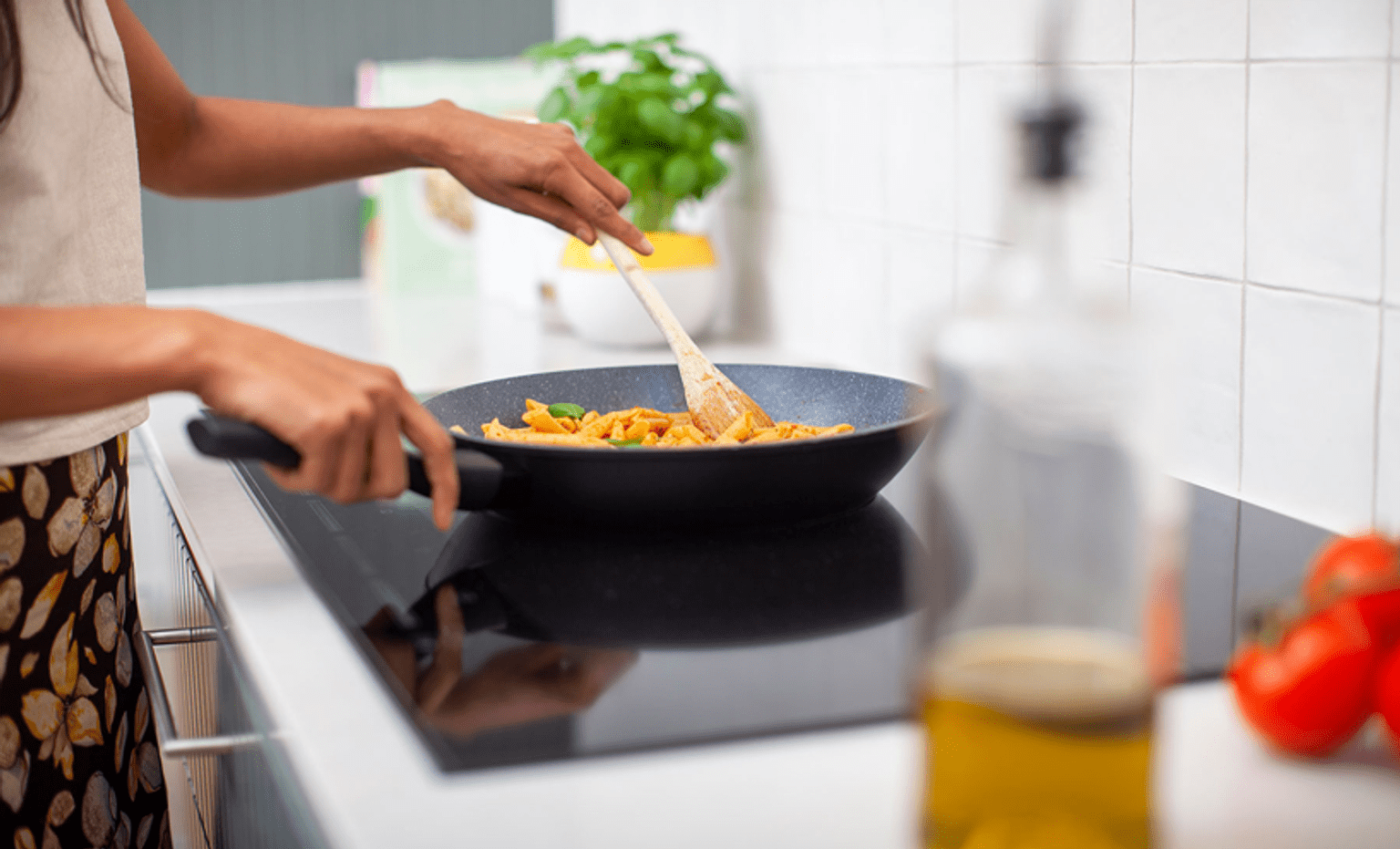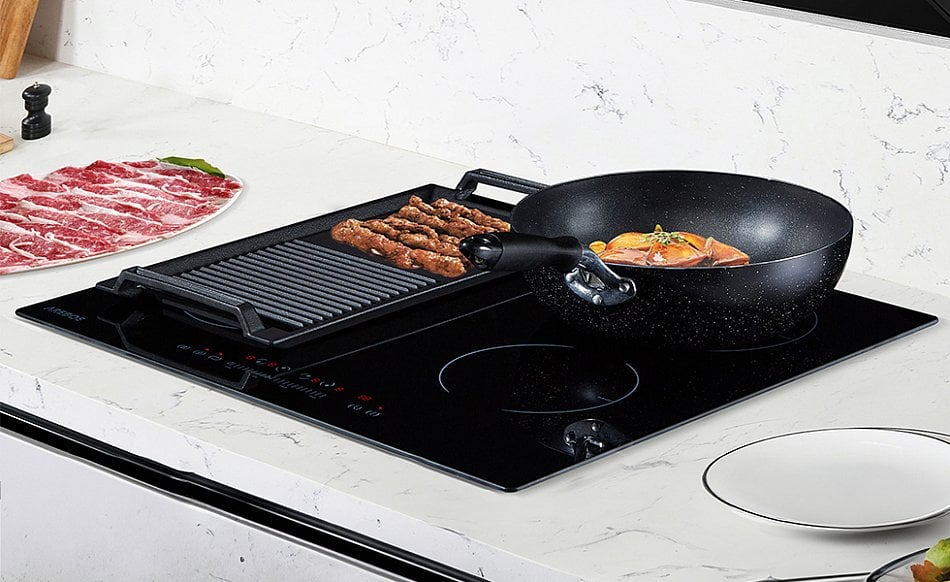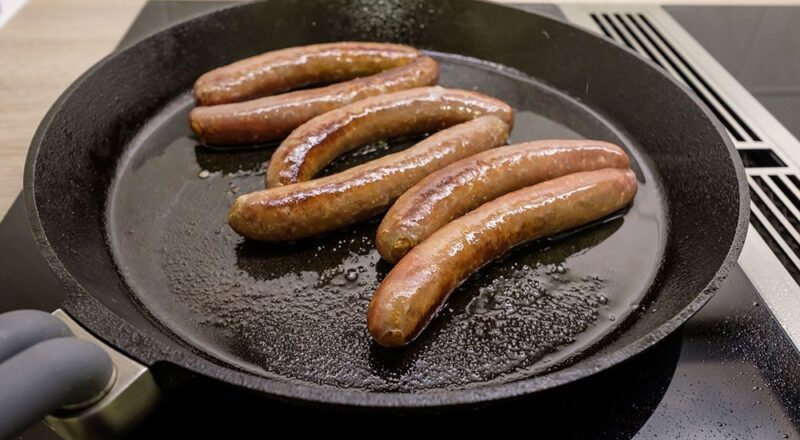Cast iron for modern induction stoves has become an increasingly popular choice for home cooks and professional chefs alike. The combination of traditional cookware with contemporary technology offers a unique cooking experience that is both efficient and effective. But why is cast iron such a great fit for modern induction stoves? In this article, we’ll explore the reasons behind this compatibility and provide insights on how to make the most of your cast iron cookware on an induction stove.

What is Induction Cooking?
Induction cooking is a modern way of cooking that uses electromagnetic fields to heat pots and pans. Unlike traditional gas or electric stoves, induction cooktops heat the cookware directly rather than the stovetop itself. This method is fast, energy-efficient, and offers precise temperature control.
Why Choose Cast Iron for Induction Stoves?
Choosing cast iron cookware for your induction stove can provide several benefits:
1. Efficient Heat Distribution
Cast iron is known for its ability to distribute heat evenly across its surface. This property ensures that food cooks uniformly, reducing the chance of hot spots which can burn food.
2. Excellent Heat Retention
One of the standout features of cast iron is its ability to retain heat. This makes it perfect for dishes that require consistent temperatures over a period of time.
3. Durability
Cast iron cookware is incredibly durable, often lasting generations with proper care. Its robust nature makes it ideal for everyday cooking.
How Cast Iron Works with Induction Stoves
Cast iron is inherently magnetic, which makes it an excellent option for induction cooking. The electromagnetic field generated by the induction stove interacts with the iron, causing it to heat up quickly and efficiently. To learn more about the interaction between cast iron and induction, you can visit this resource.
Choosing the Right Cast Iron Cookware
When selecting cast iron for your induction stove, consider the following tips:
1. Flat Bottom
Ensure that the cookware has a flat bottom to allow full contact with the induction surface, optimizing heat transfer.
2. Pre-seasoned Cookware
Choose pre-seasoned cast iron cookware to save time and effort in initial preparations and to ensure a natural, non-stick surface.
Caring for Your Cast Iron on Induction Stoves
Maintaining your cast iron cookware is crucial to preserving its quality and performance:
1. Regular Cleaning
Clean your cast iron after each use to prevent build-up. Use mild soap and water, and avoid using harsh chemicals or abrasive scrubbers. For detailed guidance, refer to these cleaning hacks.
2. Seasoning
Regularly season your cast iron cookware to maintain its non-stick surface and protect it from rust. Apply a thin layer of oil and bake it in the oven for about an hour.
Recipes Perfect for Cast Iron on Induction
Here are some recipes that cook beautifully on cast iron using an induction stove:
1. Pan-Seared Steak
The even heat distribution of cast iron makes it perfect for searing a steak to perfection. Preheat your pan, add some oil, and cook your steak to your desired doneness.
2. Sauted Vegetables
Sauting vegetables like bell peppers, onions, and zucchini in a cast iron pan brings out their natural flavors thanks to the consistent heat.
Comparing Cast Iron with Other Cookware for Induction Stoves
While cast iron is a popular choice, it’s essential to know how it stacks up against other materials:
1. Stainless Steel
Stainless steel is also induction compatible, but it doesn’t retain heat as well as cast iron. However, it offers quicker response times to temperature changes.
2. Non-Stick Pans
Non-stick pans are convenient for low-fat cooking, but they lack the durability and heat retention properties of cast iron.
Considerations for Using Cast Iron with Induction
To make the most of your cast iron on an induction stove, keep these tips in mind:
1. Preheating
Always preheat your cast iron cookware on a low setting before increasing the temperature to your desired level. This helps to prevent warping.
2. Avoid Dragging
Lift the cookware rather than dragging it across the induction surface to prevent scratches and damage.
FAQs about Cast Iron and Induction Stoves
1. Do I need special cast iron for induction stoves?
No, standard cast iron is naturally compatible with induction stoves due to its magnetic properties.
2. Can cast iron damage induction cooktops?
While cast iron is heavy, it won’t damage induction cooktops if handled properly. Always lift rather than drag the cookware.
3. What’s the best way to clean cast iron?
Clean cast iron with mild soap and water, and re-season as needed. For more cleaning tips, check out this cleaning guide.

Conclusion
Cast iron for modern induction stoves offers a blend of traditional cooking methods with contemporary technology, providing excellent heat distribution, retention, and durability. By understanding how to choose, use, and maintain your cast iron cookware, you can elevate your cooking experience on an induction stove. For further insights into induction cooking and its benefits, you can visit this external link.
This article contains affiliate links. We may earn a commission at no extra cost to you.

